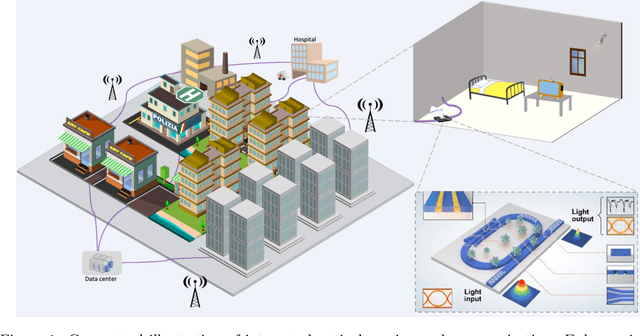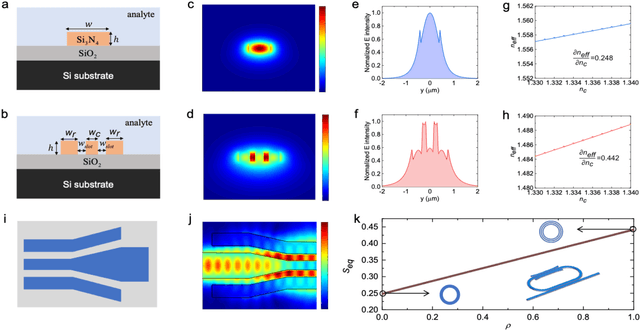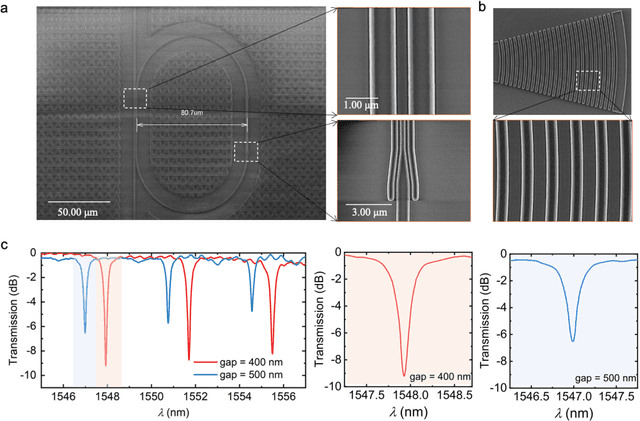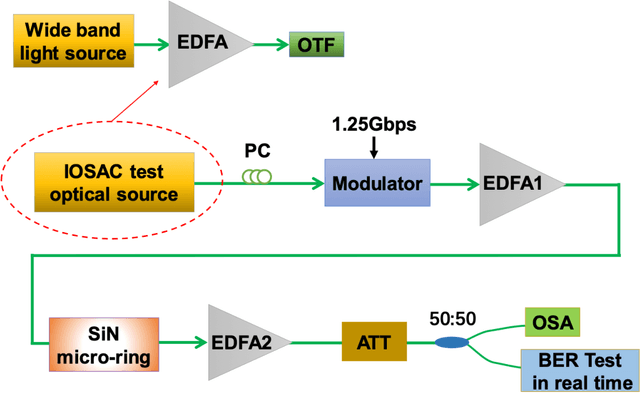Jin Tao
Modeling Thousands of Human Annotators for Generalizable Text-to-Image Person Re-identification
Mar 13, 2025Abstract:Text-to-image person re-identification (ReID) aims to retrieve the images of an interested person based on textual descriptions. One main challenge for this task is the high cost in manually annotating large-scale databases, which affects the generalization ability of ReID models. Recent works handle this problem by leveraging Multi-modal Large Language Models (MLLMs) to describe pedestrian images automatically. However, the captions produced by MLLMs lack diversity in description styles. To address this issue, we propose a Human Annotator Modeling (HAM) approach to enable MLLMs to mimic the description styles of thousands of human annotators. Specifically, we first extract style features from human textual descriptions and perform clustering on them. This allows us to group textual descriptions with similar styles into the same cluster. Then, we employ a prompt to represent each of these clusters and apply prompt learning to mimic the description styles of different human annotators. Furthermore, we define a style feature space and perform uniform sampling in this space to obtain more diverse clustering prototypes, which further enriches the diversity of the MLLM-generated captions. Finally, we adopt HAM to automatically annotate a massive-scale database for text-to-image ReID. Extensive experiments on this database demonstrate that it significantly improves the generalization ability of ReID models.
Texture-Preserving Diffusion Models for High-Fidelity Virtual Try-On
Apr 01, 2024Abstract:Image-based virtual try-on is an increasingly important task for online shopping. It aims to synthesize images of a specific person wearing a specified garment. Diffusion model-based approaches have recently become popular, as they are excellent at image synthesis tasks. However, these approaches usually employ additional image encoders and rely on the cross-attention mechanism for texture transfer from the garment to the person image, which affects the try-on's efficiency and fidelity. To address these issues, we propose an Texture-Preserving Diffusion (TPD) model for virtual try-on, which enhances the fidelity of the results and introduces no additional image encoders. Accordingly, we make contributions from two aspects. First, we propose to concatenate the masked person and reference garment images along the spatial dimension and utilize the resulting image as the input for the diffusion model's denoising UNet. This enables the original self-attention layers contained in the diffusion model to achieve efficient and accurate texture transfer. Second, we propose a novel diffusion-based method that predicts a precise inpainting mask based on the person and reference garment images, further enhancing the reliability of the try-on results. In addition, we integrate mask prediction and image synthesis into a single compact model. The experimental results show that our approach can be applied to various try-on tasks, e.g., garment-to-person and person-to-person try-ons, and significantly outperforms state-of-the-art methods on popular VITON, VITON-HD databases.
Exploring the Potential of Integrated Optical Sensing and Communication (IOSAC) Systems with Si Waveguides for Future Networks
Jun 27, 2023



Abstract:Advanced silicon photonic technologies enable integrated optical sensing and communication (IOSAC) in real time for the emerging application requirements of simultaneous sensing and communication for next-generation networks. Here, we propose and demonstrate the IOSAC system on the silicon nitride (SiN) photonics platform. The IOSAC devices based on microring resonators are capable of monitoring the variation of analytes, transmitting the information to the terminal along with the modulated optical signal in real-time, and replacing bulk optics in high-precision and high-speed applications. By directly integrating SiN ring resonators with optical communication networks, simultaneous sensing and optical communication are demonstrated by an optical signal transmission experimental system using especially filtering amplified spontaneous emission spectra. The refractive index (RI) sensing ring with a sensitivity of 172 nm/RIU, a figure of merit (FOM) of 1220, and a detection limit (DL) of 8.2*10-6 RIU is demonstrated. Simultaneously, the 1.25 Gbps optical on-off-keying (OOK) signal is transmitted at the concentration of different NaCl solutions, which indicates the bit-error-ratio (BER) decreases with the increase in concentration. The novel IOSAC technology shows the potential to realize high-performance simultaneous biosensing and communication in real time and further accelerate the development of IoT and 6G networks.
 Add to Chrome
Add to Chrome Add to Firefox
Add to Firefox Add to Edge
Add to Edge